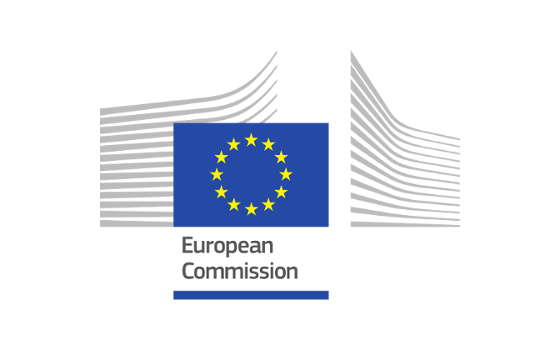 Member States, with the support of the Commission, have agreed on a set of technical specifications to ensure a safe exchange of information between national contact tracing apps based on a decentralised architecture. This concerns the vast majority of tracing apps that were already - or are about to be - launched in the EU. Once the technical solution is deployed, such national apps will work seamlessly when users travel to another EU country which also follows the decentralised approach. This means an important additional step towards interoperability of mobile apps for tracing coronavirus infections, as Member States begin to lift travel restrictions across borders in time for summer vacation.
Member States, with the support of the Commission, have agreed on a set of technical specifications to ensure a safe exchange of information between national contact tracing apps based on a decentralised architecture. This concerns the vast majority of tracing apps that were already - or are about to be - launched in the EU. Once the technical solution is deployed, such national apps will work seamlessly when users travel to another EU country which also follows the decentralised approach. This means an important additional step towards interoperability of mobile apps for tracing coronavirus infections, as Member States begin to lift travel restrictions across borders in time for summer vacation.
Commissioner for Internal Market Thierry Breton said: "As we approach the travel season, it is important to ensure that Europeans can use the app from their own country wherever they are travelling in the EU. Contact tracing apps can be useful to limit the spread of coronavirus, especially as part of national strategies to lift confinement measures."
Commissioner for Health and Food Safety, Stella Kyriakides added: "Digital technologies are crucial to alert our citizens about infection risks and break transmission chains as we reopen our societies and economies. I call on our citizens to use them, as these technologies can only be effective if we have a critical mass of users, with interoperability of the applications across EU borders. Data security, fundamental rights and privacy protection in these digital tools will be non-negotiable."
Most Member States have decided to launch mobile apps to complement manual contact tracing of the spread of coronavirus. The great majority of national approved apps are based on a decentralised architecture, which means that the arbitrary identifiers of users that were detected for a certain duration in proximity remain on the phone itself, and will be checked by the phone against the identifiers of users reported to be infected. The technical specification for interoperability will allow these checks to be done also for users travelling from other Member States, without the need to download several national apps.
The proximity information shared between apps will be exchanged in an encrypted way that prevents the identification of an individual person, in line with the strict EU guidelines on data protection for apps; no geolocation data will be used. To support further streamlining of the system, the Commission will set up a gateway service,aninterface to efficiently receive and pass on relevant information from national contact tracing apps and servers. This will minimise the amount of data exchanged and thus reduce users' data consumption.
The technical specifications agreed today build on the Interoperability guidelines agreed in May, setting the general principles.
Next steps
Member States will already be able to update apps to permit information exchange between national, decentralised apps as soon as they are technically ready. The Commission continues to support the work of Member States on extending interoperability also to centralised tracing apps.
Background
Member States in the eHealth Network, supported by the Commission, have developed an EU toolbox for the use of mobile applications for contact tracing and warning in response to the coronavirus pandemic, which was accompanied by guidance on data protection for mobile apps. This is part of a common coordinated approach to support the gradual lifting of confinement measures, as set out in a Commission Recommendation.Since the outbreak of the coronavirus pandemic, Member States, backed by the Commission, have been assessing the effectiveness, security, privacy, and data protection aspects of digital solutions to address the crisis. Contact tracing apps, if fully compliant with EU rules and well coordinated, can play a key role in all phases of crisis management, especially during this time when most countries are gradually lifting social distancing measures. They can complement existing manual contact tracing and help interrupt the transmission chain of the virus.
For further information please visit:
- Technical specifications for interoperability of contact tracing apps
- Questions and Answers: a common approach for safe and efficient mobile tracing apps across the EU
- Interoperability guidelines for contact tracing apps
- EU toolbox on mobile applications to support contact tracing in the EU's fight against COVID-19
- Guidance to ensure full data protection standards of apps fighting the pandemic
- ECDC guidance on mobile applications in support of contact tracing for COVID-19
- Commission Recommendation on a common Union toolbox for the use of technology and data to combat and exit from the COVID-19 crisis
- Commission coronavirus response page
- Digital technologies in response to coronavirus